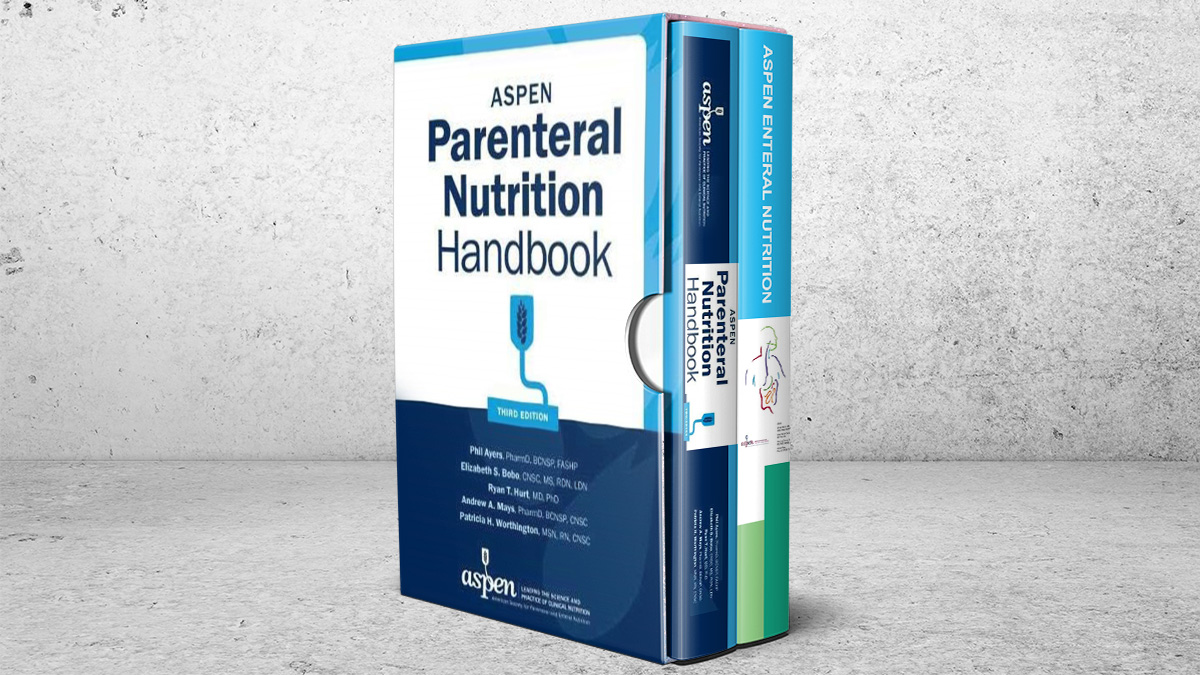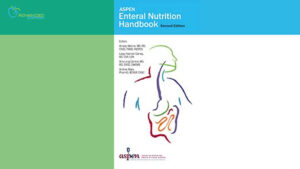Get CEUs at 75% Savings. $95 for 36.75 CEUs. Compared to regular price of $440 for 45 CEUs.
Boost your clinical skillset with this easy-to-use ASPEN Enteral nutrition handbook 2nd edition. This book can be used by any clinician as a user-friendly guide to make the right tube feed decisions. Enteral nutrition is used in patients unable to take food by mouth due to illness or injury. It provides nutrients that cannot be obtained through diet, and helps maintain body weight and hydration. Enteral formulas come in two types: elemental and polymeric. Elemental formulas contain proteins, carbohydrates, fats, vitamins, minerals, electrolytes, and water. Polymeric formulas contain amino acids, lipids, and carbohydrates. Both types of formulas provide calories, fluids, and electrolytes. The type of formula depends on the patient’s needs. For example, if a patient has difficulty swallowing, he or she would receive a polymeric formula. If the patient is able to eat solid foods, then an elemental formula would be appropriate. ASPEN parenteral nutrition support handbook is an easy-to-read resource. This is a key resource for clinicians working with patients on parenteral nutrition support. This easy-to-read handbook will guide your decision making process. Written by ASPEN, this book is intended for healthcare professionals including dietitians. This handbook will help dietitians provide safe and effective parenteral nutrition support. Parenteral (IV) nutrition is a method of providing nutrients through an intravenous line. This type of nutrition is often used in situations where there is no oral intake of food or fluids. Parenteral nutrition is often used when a patient has difficulty eating or absorbing food. In addition to preventing malnutrition, parenteral nutrition can help maintain adequate hydration and electrolyte balance.
Summary:
- Review nutrition support in a set-by-step format in preventing malnutrition in your patient.
- Learn how to assess patients and do nutrition screening.
- Be able to select patients suited for enteral feeding.
- Familiarize with the correct feeding access point and appropriate device.
- Learn the formulas available for adult patients and pediatric patients including specialty formulas and blenderized formulas.
- Become familiar with protein, vitamin, minerals and free water in the formulas, as well as assessing the osmolality.
- Gain knowledge on how to write enteral nutrition orders for patients with wounds, gastro-intestinal malabsorption, and glucose intolerance.
- Have access to enteral nutrition guidance for all clinical conditions for adults and pediatric infants.
- Become familiar with how to prepare and label nutrition formulas in the hospital.
- Monitor nutrition support correctly.
- Identify complications with enteral nutrition.
- Read about enteral nutrition support for both adult and pediatric patients.
- Implement best-practice guidelines for enteral feeding.
- Refresh your skills on nutrition screening for patients have malnutrition for both adults and pediatric infants.
- See the routes of infusion and indications of PN use.
- Access the body using devices for central and peripheral access.
- Learn how to enhance safety for CVAD insertion and maintenance.
- Study formulations, how to prepare them and what to do when there is a shortage.
- Learn how to prescribe parenteral nutrition support.
- Learn how to review and verify the PN order.
- Become familiar with PN formulation stability and compatibility.
- Time nutrition intervention correctly and prevent and or manage refeeding syndrome.
- Macro and micronutrient complications.
- Learn how to respond to hepatobiliary and bone disease.
- Apply medication interactions with parenteral nutrition.
- See how home parenteral nutrition is implemented, the care plan, education and outcomes.
- Familiarize yourself with a multichamber bag setup.





